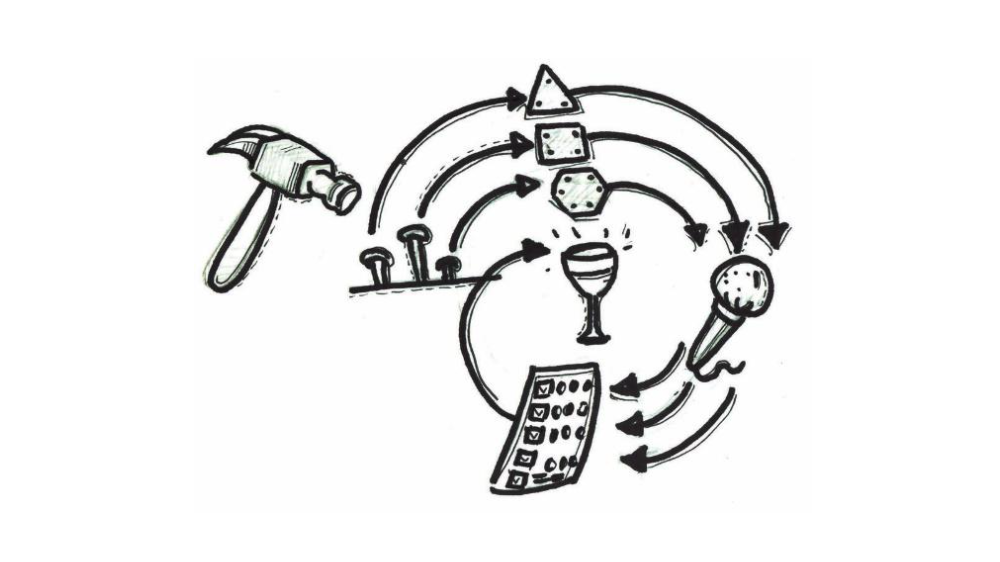
Introduction:
In today’s fast-paced and competitive market, successful software development requires a strategic approach that ensures efficient resource utilization, minimizes risks, and maximizes return on investment (ROI). In this blog post, we will delve into the world of iterative development approaches and discuss their importance in aligning software functionality with business needs and feedback, rather than being driven solely by a product owner’s wish list.
1. Understanding Iterative Development:
Iterative development is an approach to software development that breaks down the project into smaller, manageable increments or iterations. Each iteration involves a complete software development cycle, including requirements gathering, design, development, testing, and deployment. The product evolves over multiple iterations, with each subsequent iteration building upon the feedback and lessons learned from the previous ones.
2. The Importance of Iterative Development:
- Feedback-Driven Development: Iterative development emphasizes continuous feedback from stakeholders, users, and the development team. This feedback loop ensures that the software aligns with the evolving business needs and customer expectations throughout the development process.
- Early Delivery of Value: By delivering functional increments in each iteration, iterative development enables businesses to start realizing value earlier. This early value delivery can help generate revenue, gather user feedback, and make informed decisions about subsequent iterations.
- Risk Mitigation: Breaking the project into iterations reduces the risk of significant failures or delays. By addressing risks and issues early in the development cycle, teams can adapt, pivot, and incorporate necessary changes efficiently, minimizing the impact on the overall project timeline and budget.
- Flexibility and Adaptability: Iterative development allows for flexibility and adaptability in response to changing business needs or market conditions. Rather than locking in all requirements upfront, teams can adjust priorities and features as they progress, ensuring the software remains aligned with the evolving needs of the business.
3. Best Practices for Ensuring ROI and Collaborative Development:
- Close Collaboration: Foster a collaborative environment where stakeholders, developers, and product owners work closely together. Regular communication and collaboration ensure that the development team has a deep understanding of business needs and goals.
- Prioritize Requirements: Develop a clear understanding of the most critical and high-value features. By prioritizing requirements based on business needs and ROI, development efforts can be focused on building functionality that brings the most value to the end-users and the business.
- Continuous Feedback: Establish feedback loops throughout the development process. Gather feedback from users, stakeholders, and the development team at each iteration to inform future iterations and ensure the software aligns with business needs.
- Agile Methodologies: Embrace agile methodologies like Scrum or Kanban, which provide frameworks for iterative development. These methodologies promote collaboration, adaptive planning, and continuous improvement, further enhancing the software development process.
- Test-Driven Development (TDD): Adopt TDD practices to ensure that functionality is built based on clearly defined requirements and that each increment meets the expected quality standards. Automated tests help catch issues early, ensuring faster feedback and better code quality.
Conclusion:
In the dynamic world of software development, iterative approaches offer a powerful solution to maximize ROI, align functionality with business needs, and foster collaboration. By embracing iterative development practices, organizations can harness the benefits of early value delivery, risk mitigation, adaptability, and continuous feedback. Leveraging these best practices ensures that software development efforts are focused on building functionality that truly meets business needs, rather than being driven solely by a product owner’s wish list.